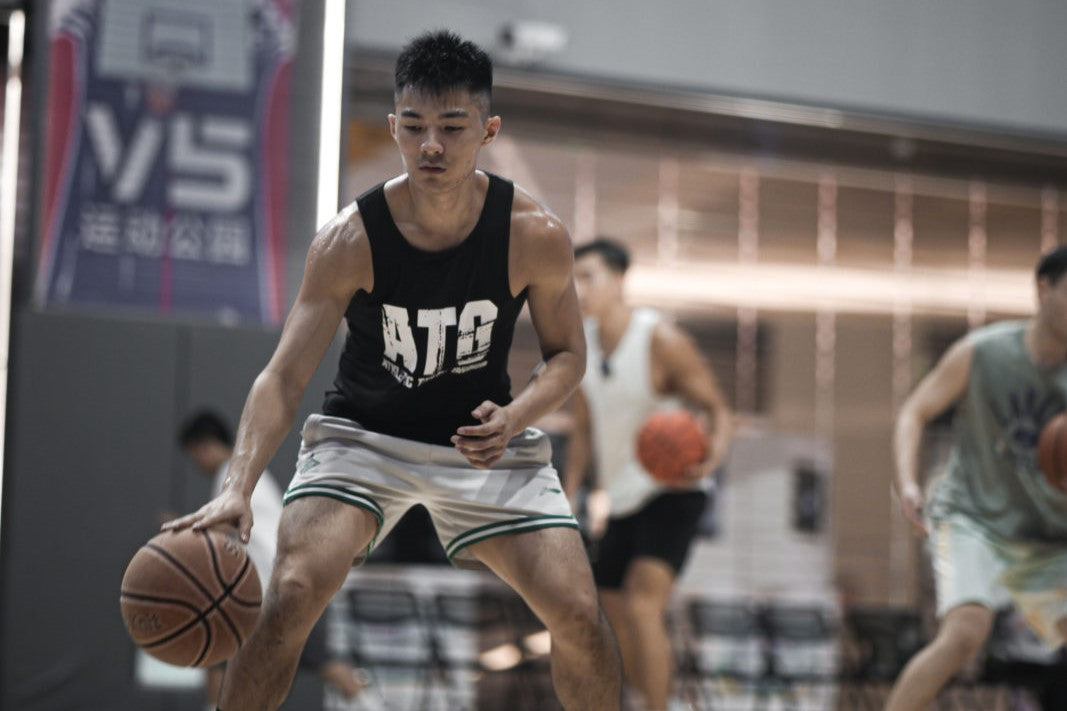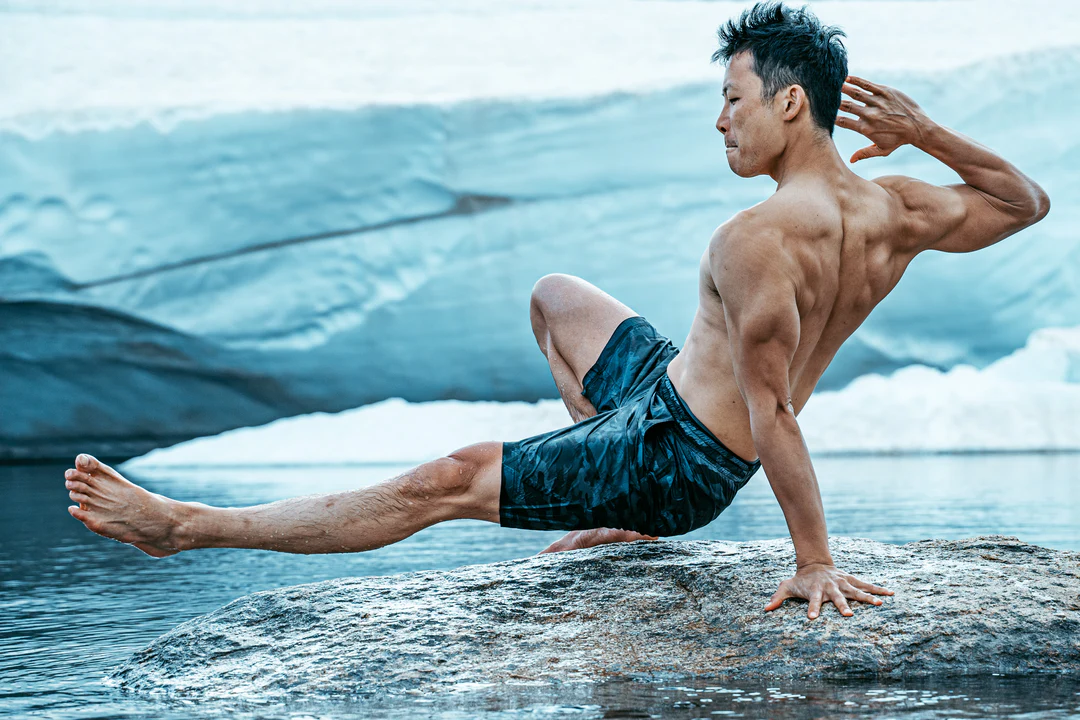Simon Yuen | Breathwork Instructor

Your origin?
Hong Kong
Your title?
Breathwork Instructor
Movement Coach
How barefoot inspire your attitude in sports?
Barefoot living has hugely influenced my attitude to sports and breathing practices by reconnecting me with the natural way our bodies are designed to move and breathe. When I practice breathwork and bodyweight movement exercises, posture and alignment is crucial. Barefoot shoes play a crucial role in maintaining this alignment, as they allow the natural shape and feel of the foot giving a more authentic connection to the ground.
How incorporating barefoot shoes into your training or sport has impacted your performance and overall experience?
Wearing barefoot shoes encourages proper posture, which is essential for optimal functional breathing. By aligning the body correctly from the feet up, barefoot shoes help ensure that the spine is in its natural position. This alignment creates space for the diaphragm and other breathing muscles to function efficiently. When the body is aligned and posture is correct, our breathing becomes lighter, deeper, more relaxed, and more effective.
How do you believe barefoot shoes can benefit other athletes or individuals who participate in your sport or activity?
Wearing barefoot shoes allow the natural shape and function of the foot, promoting proper foot alignment and muscle engagement, which are important for effective body movement and stability.
For bodyweight movement exercises, barefoot shoes enhance proprioception, allowing us to feel the ground and adjust our movements with greater precision. This heightened sense of awareness leads to better posture, balance and coordination for better performance.
For our body to breathe properly, proper alignment is crucial for optimal respiratory function, and barefoot shoes support this by encouraging a natural, upright posture. When the body is aligned correctly, the diaphragm and other breathing muscles can work more efficiently, facilitating deeper and more effective breaths. This is particularly important during sports performance, where controlled breathing can enhance endurance, focus, and recovery.
What specific features of our barefoot shoes do you find most beneficial for your sport or activity?
The final most important design element of barefoot shoes is having the heel and toes be completely level (lack of elevated heels). Conventional shoes often have elevated heels which can affect the natural alignment of the body. This misalignment can lead to poor posture and, consequently, dysfunctional breathing patterns. Elevated heels cause the pelvis to tilt forward, leading to an exaggerated curve in the lower back. This misalignment can compress the diaphragm and other breathing muscles, making it difficult to breathe deeply and effectively.
Could you provide a personal anecdote or story about a time when wearing barefoot shoes made a significant difference in your performance or recovery?
I once challenge myself to run a half marathon while wearing my Vivobarefoot shoes and also only using nasal breathing throughout the entire distance. This was all done without any prior training leading up to this race. Running in my Vivobarefoot shoes, I maintained proper posture and alignment, which kept my breathing muscles functioning optimally. The combination of barefoot shoes and nasal breathing allowed me to stay relaxed and focused throughout the race. As a result, I achieved a personal best time, surpassing my previous records by a significant margin. This holistic approach to running has since become an integral part of my training, and I continue to enjoy the benefits of improved performance and recovery.
What advice do you have for someone who is considering transitioning to barefoot shoes for their sport or activity? Any tips or recommendations for a smooth transition?
Transitioning to barefoot shoes from conventional trainers can be a transformative experience, but it’s important to approach it with patience and care to ensure a smooth transition. Start by taking it slow as transitioning to barefoot shoes from conventional trainers can be a transformative experience, but it’s important to approach it with patience and care to ensure a smooth transition. Secondly, strengthen your feet with exercises such as toe curls, arch lifts, and calf raises to strengthen and improve flexibility of your feet and calves. And lastly, listen to your body. Pay close attention to how your body feels during and after wearing barefoot shoes. It’s normal to experience some muscle tightness or soreness, especially in areas that were not heavily engaged while wearing conventional shoes. These sensations are a sign that your muscles are getting stronger and more engaged.
Insragram: yuen.simon






